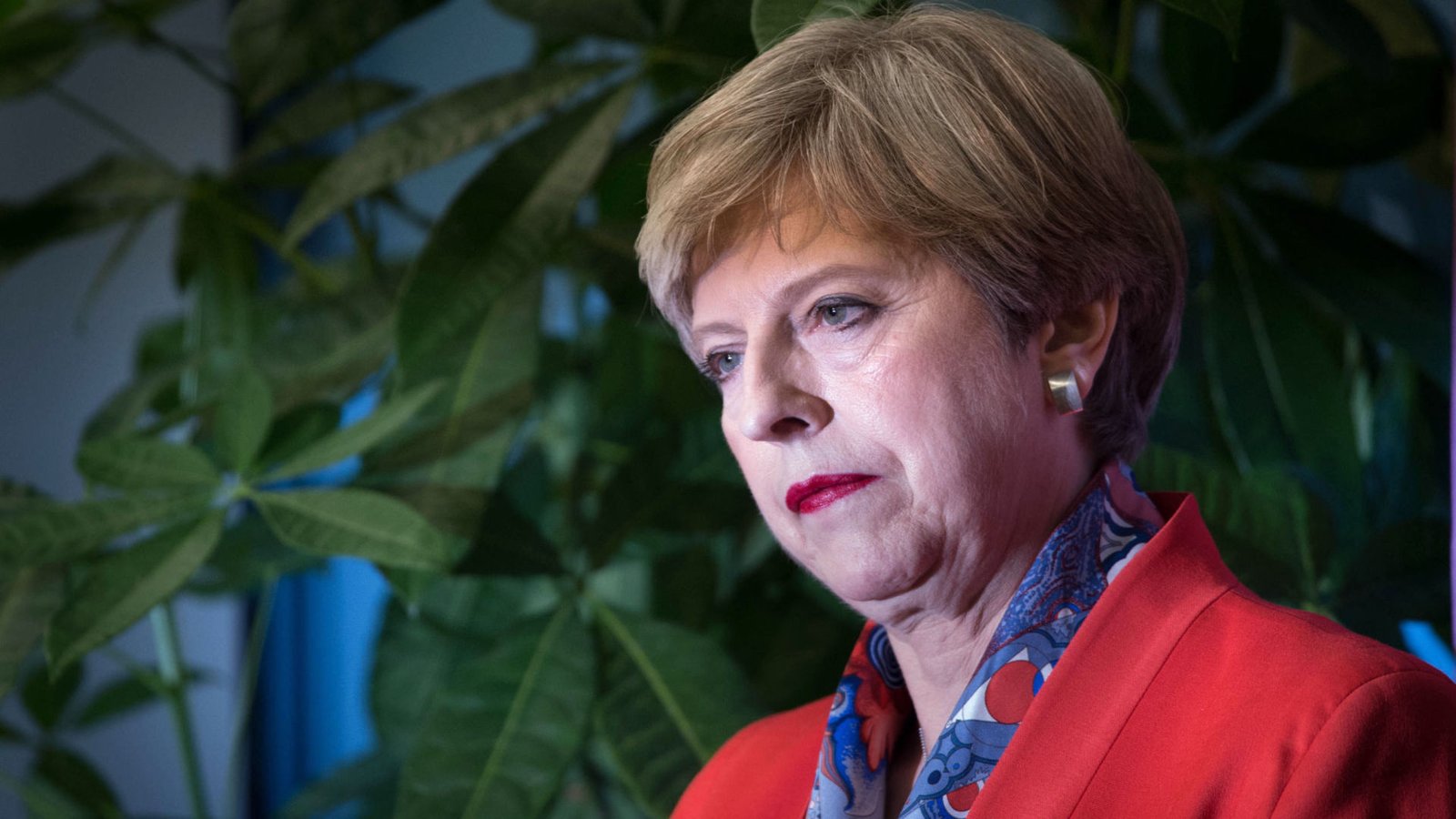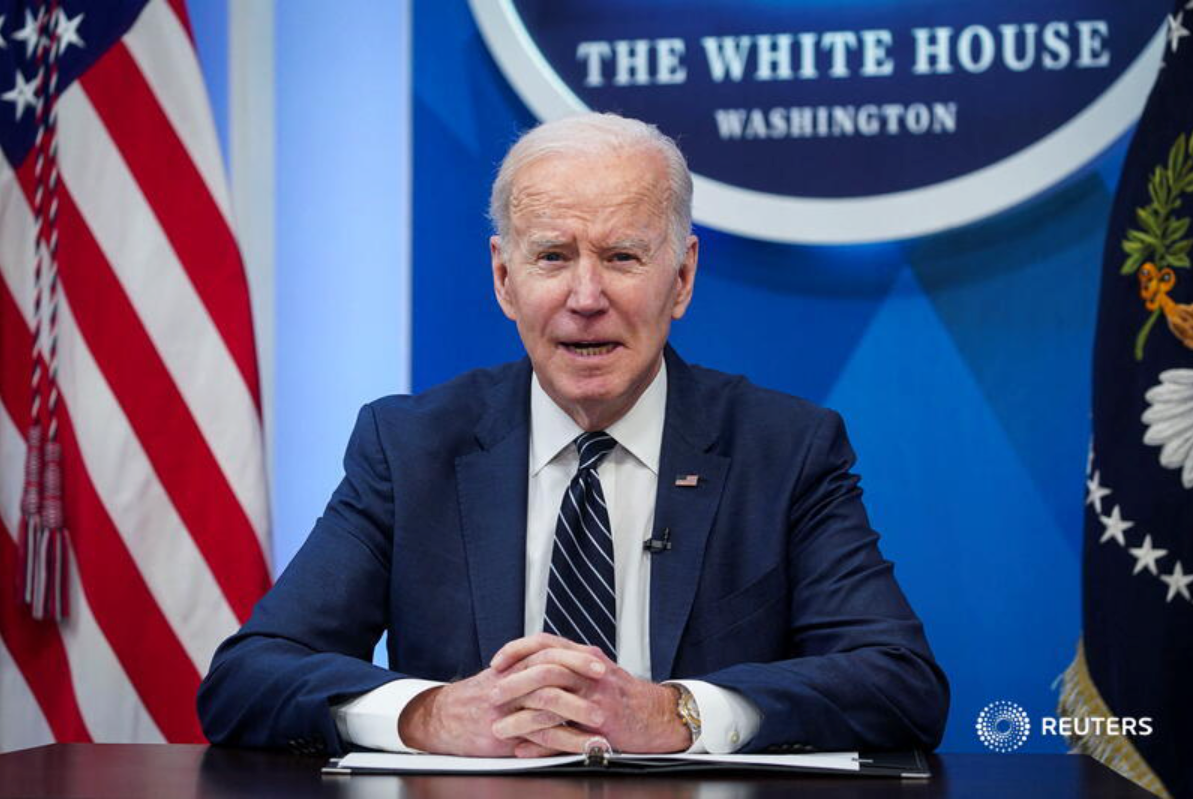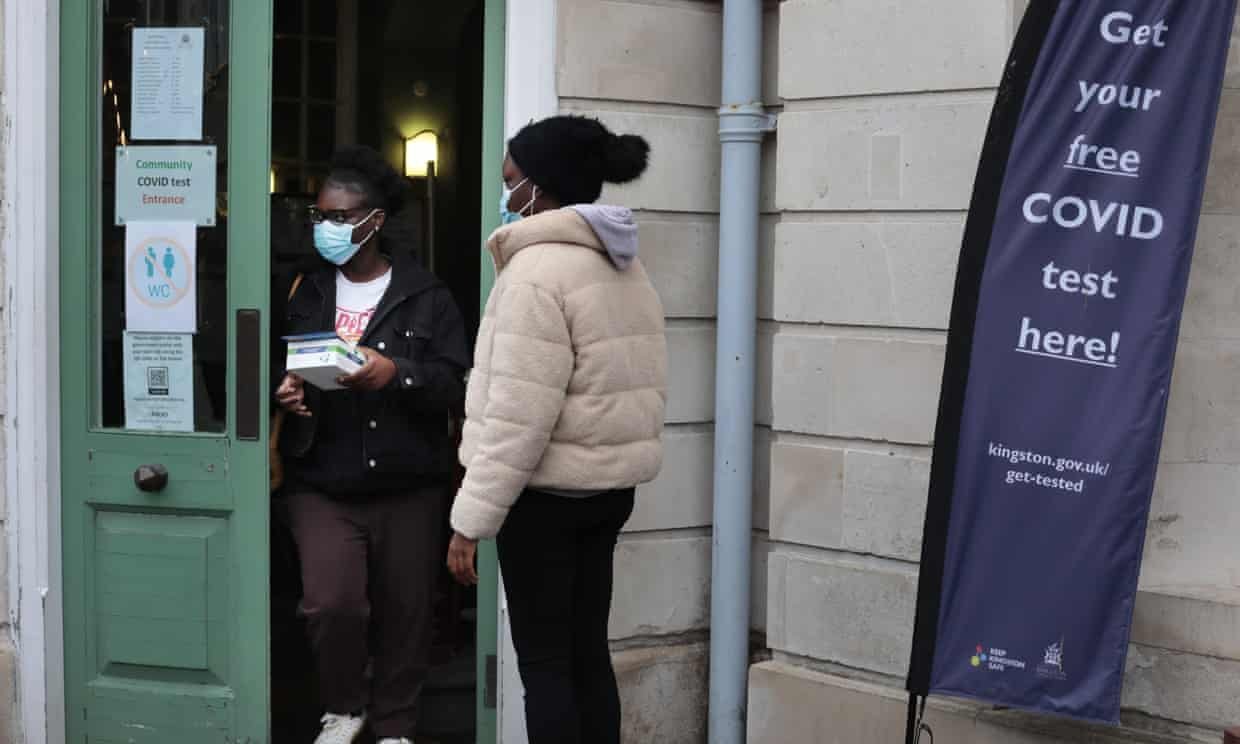Theresa May is currently grappling with keeping her government together.
She is running the first minority government since Harold Wilson’s short-lived 1974 administration.
That government lasted a few months, now all the talk in Westminster is of another General Election, just as in the two elections of 1974.
In the second, October 1974 election, Wilson managed to gain 18 further seats and win a slender majority of four. He went to the country and asked them to give him a proper mandate.
But Wilson had an advantage May doesn’t. He was in opposition and defeated an incumbent PM in that election, Ted Heath.
Wilson therefore was on the advance. May, by contrast, is in No 10 already, and went backwards already in the election.
Tories therefore are believed to be terrified of another poll. They think Jeremy Corbyn has the wind at his back and could win yet more seats.
They have reason to be worried. I’ve been crunching the numbers and sifting through Britain’s new electoral geography. It doesn’t make for happy reading for the Tories.
There are now 29 Conservative seats in England and Wales which have majorities of less than 2,000 – and 17 of these have majorities of less than 1000.
These range across the country, from Southampton Itchen in the south (majority 31) through to Pendle (majority 1,279) in the North.
These seats would take only the smallest swing to Labour from the Conservatives for Jeremy Corbyn to win them. And if they did, Labour would become the largest party in parliament.
By contrast, in the 2015-17 parliament there were only 19 Conservative seats with majorities of less than 2,000 – and the Tories lost 14 of them on Thursday.
The Conservatives were supposed to be on the march at this election, instead they find themselves living up to their namesake and trying to conserve the seats they have.
Should they be forced to put those at risk at yet another election, the electoral terrain they survey will be anything but favourable.
The 30 Tory seats with the slimmest majorities
1. Southampton Itchen (31 majority, Labour second)
2. Richmond Park (45 majority, Lib Dems second)
3. Stirling (148 majority, SNP second)
4. St Ives (312 majority, Lib Dems second)
5. Pudsey (331 majority, Labour second)
6. Hastings & Rye (346 majority, Labour second)
7. Chipping Barnet (353 majority, Labour second)
8. Thurrock (345 majority, Labour second)
9. Preseli Pembrokeshire (314 majority, Labour second)
10. Calder Valley (609 majority, Labour second)
11. Norwich North (507 majority, Labour second)
12. Broxtowe (865 majority, Labour second)
13. Stoke-on-Trent South (663 majority, Labour second)
14. Telford (720 majority, Labour second)
15. Bolton West (936 majority, Labour second)
16. Aberconwy (635 majority, Labour second)
17. Northampton North (807 majority, Labour second)
18. Hendon (1,072 majority, Labour second)
19. Mansfield (1,057 majority, Labour second)
20. Middlesbrough South & Cleveland East (1,020 majority, Labour second)
21. Milton Keynes South (1,725 majority, Labour second)
22. Northampton South (1,159 majority, Labour second)
23. Pendle (1,279 majority, Labour second)
24. Milton Keynes North (1,915 majority, Labour second)
25. Morecambe & Lunesdale (1,399 majority, Labour second)
26. Finchley & Golders Green (1,657 majority, Labour second)
27. Camborne & Redruth (1,577 majority, Labour second)
28. Putney (1,554 majority, Labour second)
29. Harrow East (1,757 majority, Labour second)
30. Watford (2,092 majority, Labour second)







